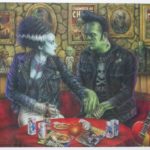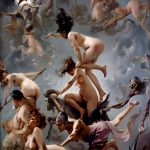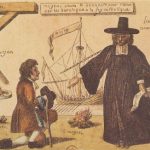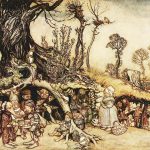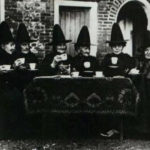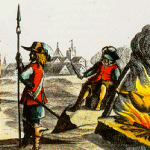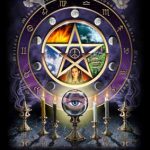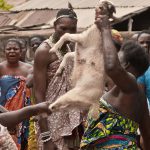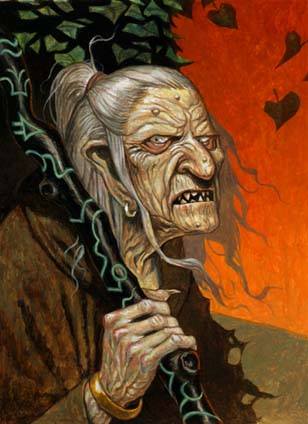
During the witch trials of Early Modern Europe, many practitioners of folk magic that did not see themselves as witches, but as healers or seers, were convicted of witchcraft (Éva Pócs’ ‘sorcerer witches’)
Many English ‘witches’ convicted of consorting with demons seem to have been cunning folk whose fairy familiars had been demonized and over half the accused witches in Hungary seem to have been healers.
Some of the healers and diviners historically accused of witchcraft have considered themselves mediators between the mundane and spiritual worlds, roughly equivalent to shamans. Such people described their contacts with fairies, spirits or the dead, often involving out-of-body experiences and traveling through the realms of an ‘other-world’.
Beliefs of this nature are implied in the folklore of much of Europe, and were explicitly described by accused witches in central and southern Europe. Repeated themes include participation in processions of the dead or large feasts, often presided over by a female divinity who teaches magic and gives prophecies; and participation in battles against evil spirits, ‘vampires’ or ‘witches’ to win fertility and prosperity for the community.

